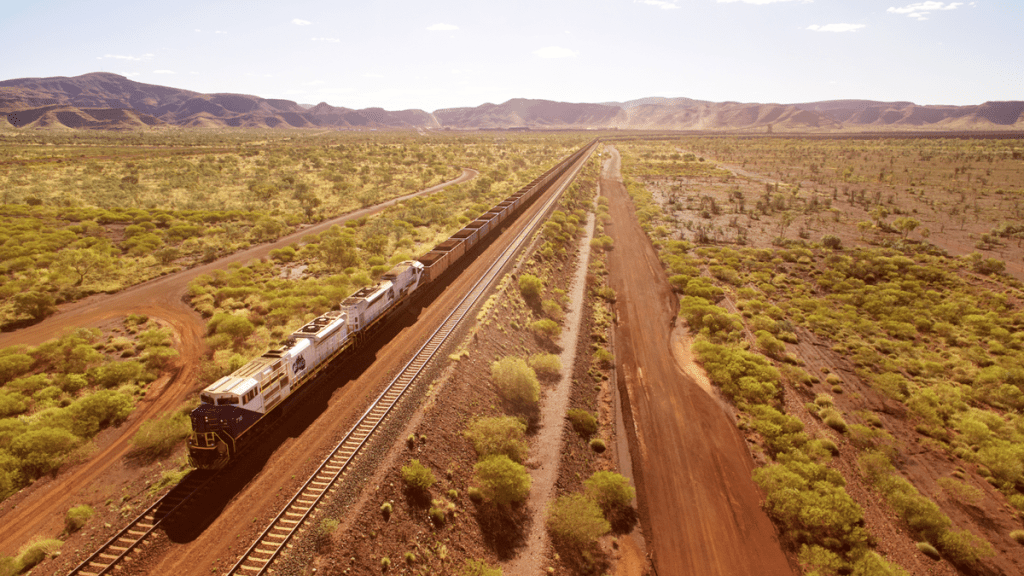These Electric Trains Never Need Recharging Thanks to Regenerative Braking

Good old gravity. It’s always there for us, keeping us grounded — and now, charging our electric trains indefinitely. A mining company in Australia recently explained that four of its electric trains create so much electricity through regenerative braking going downhill, they can power themselves back to the top of the hill, and have a little extra battery power left over. Science!
So, of course, there’s a tiny catch: It’s the added weight of the cargo going downhill that helps to create so much energy through braking. When the vehicle goes back uphill, it’s significantly lighter, because it’s empty. There’s no such thing as free energy, and the laws of physics are unbending. Still, the net result is an electric vehicle that basically powers itself throughout its duty cycle. Neat!
NBC News mentions Fortescue, the mining company operating 54 locomotives in Western Australia, in a larger article about big industrial vehicles going electric. What we know as “regenerative braking” in cars is called “dynamic braking” in these heavy-duty vehicles. And while the contribution of regenerative braking is so-so in cars, the technology shines in large, load-bearing vehicles, as NBC explains:
It turns out that under the right conditions — going far enough downhill at enough of an angle with a heavy load — electric vehicles can generate a useful amount of energy. They can make enough, in fact, to power their trip back up, and they often make electricity to spare — once they’ve dropped off their cargo.
“When you have a descent of 10 percent, from top to bottom, you never need to recharge,” said Roger Miauton, the chief executive of the Swiss electric vehicle firm eMining AG. “You generate enough energy going downhill as you need to get back up again.”
Miauton’s company manufactures the eDumper, a 65-ton dump truck that’s said to be the world’s largest electric vehicle. Its diesel engine and fuel tank have been replaced with electric motors, batteries and cooling machinery, and it’s now working at a quarry near Biel in Switzerland, hauling 70-ton loads of lime and rocks down a mountainside.
The world’s largest electric vehicle is a monster dump truck that barely ever needs to plug in for a recharge. That’s cool, but Fortescue’s forthcoming “infinity trains” are even bigger, and will likely never need a charge at all. In fact, the trains are expected to be able to make the return trip from the coast to the inland Pilbara region of Western Australia with some battery juice left over — energy the company can use in other ways.
Four “infinity train” routes should be up and running by 2030, bringing iron ore — some 37,000 tons at a time — out of the heart of the Outback and generating a little extra electricity in the process.






